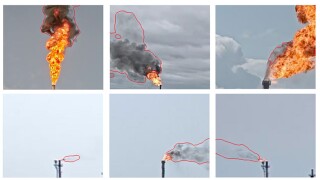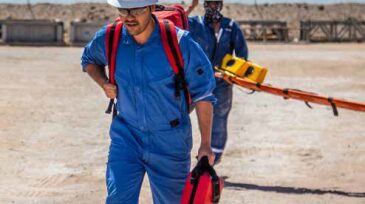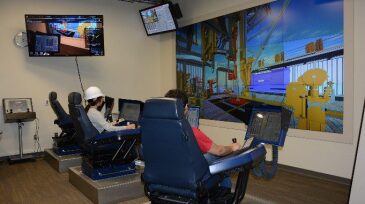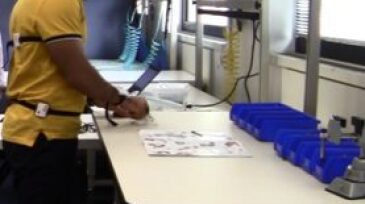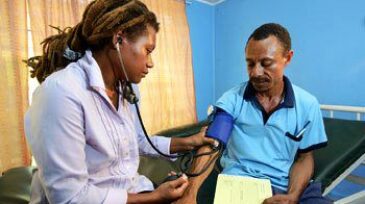Safety
A resilience-based approach to safety was the focus of a panel of experts at the 2025 SPE Annual Technical Conference and Exhibition in Houston.
This paper focuses on developing a model that can be used in an automated, end-to-end flare-smoke detection, alert, and distribution-control solution that leverages existing flare closed-circuit television cameras at manufacturing facilities.
This paper presents a physics-informed machine learning method that enhances the accuracy of pressure transient analysis, predicting reservoir properties to enhance waste slurry injection and waste disposal.
-
The guidance focuses on the business purpose of health services in the oil and gas sector and the additional value that effective leadership around health and human performance can bring.
-
Knowledge is at the risk of being lost in the oil and gas industry. Other industries have shown ways it can be retained by building mechanisms for knowledge retention into the safety management system.
-
For the first time, the University of Oklahoma has offered a Human Factors in Oil and Gas Operations class. The offered course fulfilled the mission of training petroleum engineering students to make an impact on oil and gas industry.
-
Following up the petroleum industry’s work with digital technology and security is a priority area at the Petroleum Safety Authority Norway. A key target for this supervision in 2019 will be helping the sector to improve safety and the working environment.
-
A report from Norway’s Auditor General criticizes several aspects of the way health, safety, and the environment in the Norwegian oil and gas industry is followed up by the Petroleum Safety Authority Norway.
-
A 3-year study that demonstrated how to capture a worker’s safety performance and translate the data into personal fatigue levels is the first step in creating a framework that can identify research-supported interventions that protect workers from injuries caused by being tired on the job.
-
Companies waste countless resources measuring the wrong things, not measuring at all, or failing to keep "the most important thing, the most important thing."
-
As part of the Papua New Guinea Liquefied Natural Gas project, a systematic longitudinal effort was made to collect a broad range of morbidity and mortality data for those communities directly adjacent to the project. These data were used to inform workplace disease-monitoring efforts.
-
Occupational exposure to vibration has been associated with an increased risk of musculoskeletal pain in the back, neck, hands, shoulders, and hips and also may contribute to the development of peripheral and cardiovascular disorders and gastrointestinal problems.
-
This study investigated the association between occupational noise exposure and the risk of elevated blood pressure and hypertension by stage in young adults.


